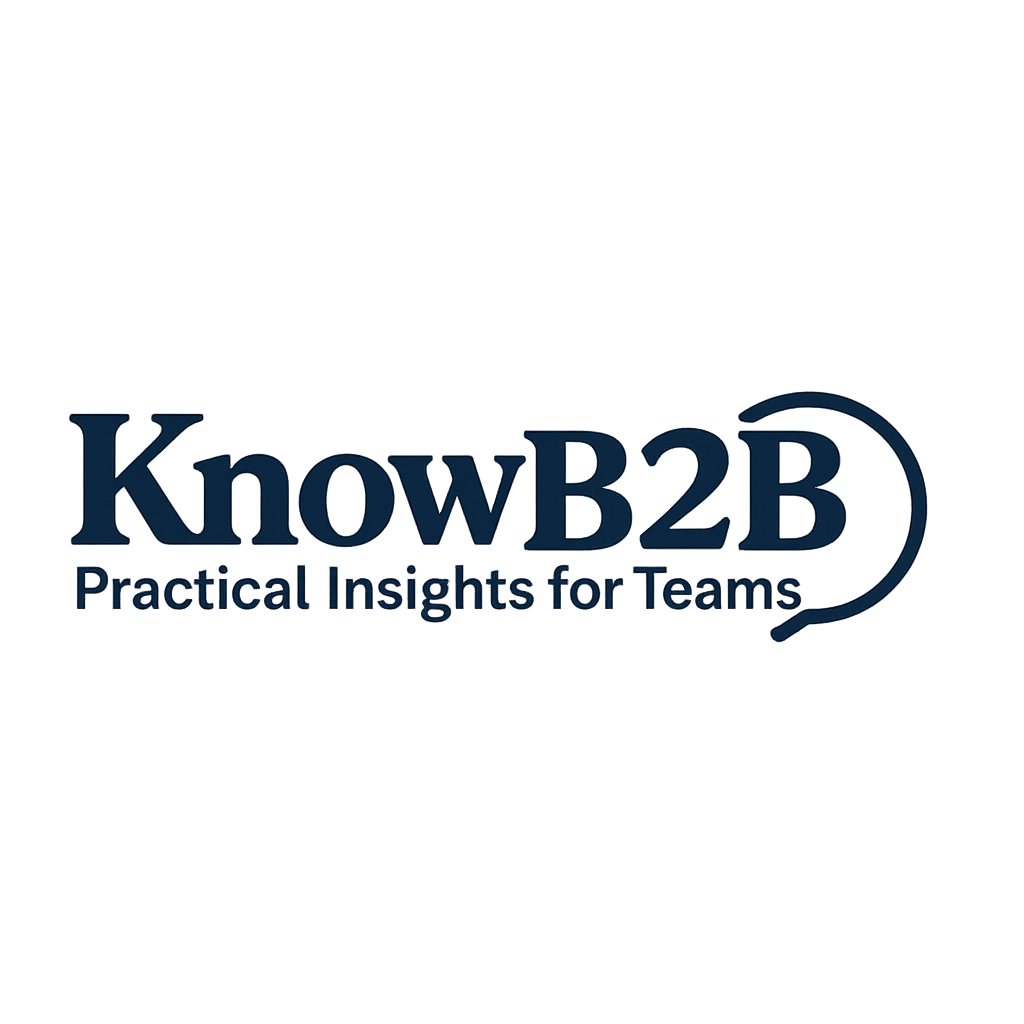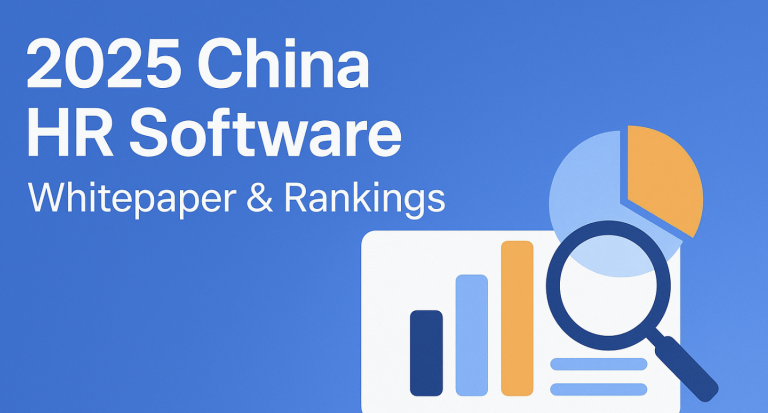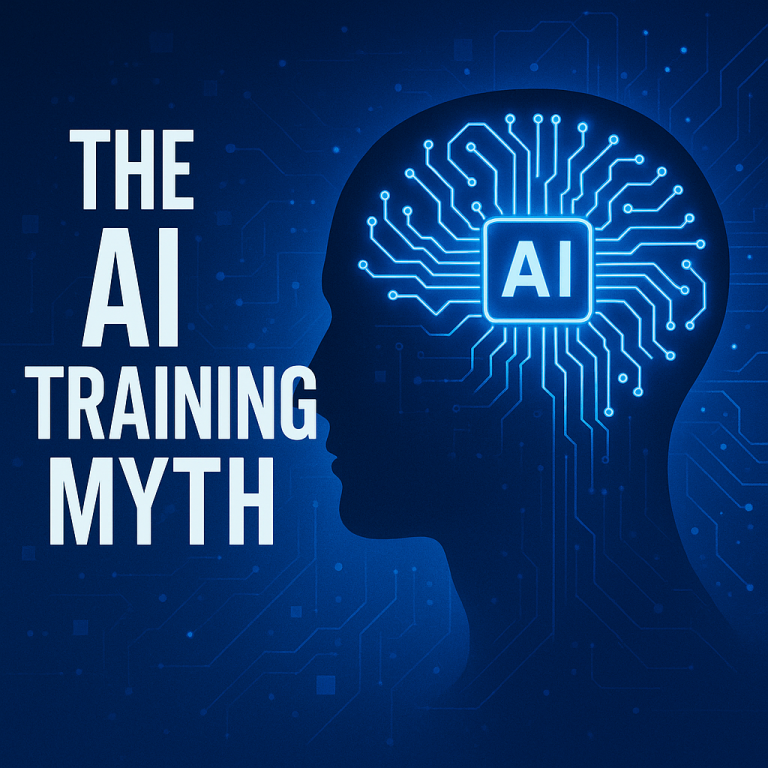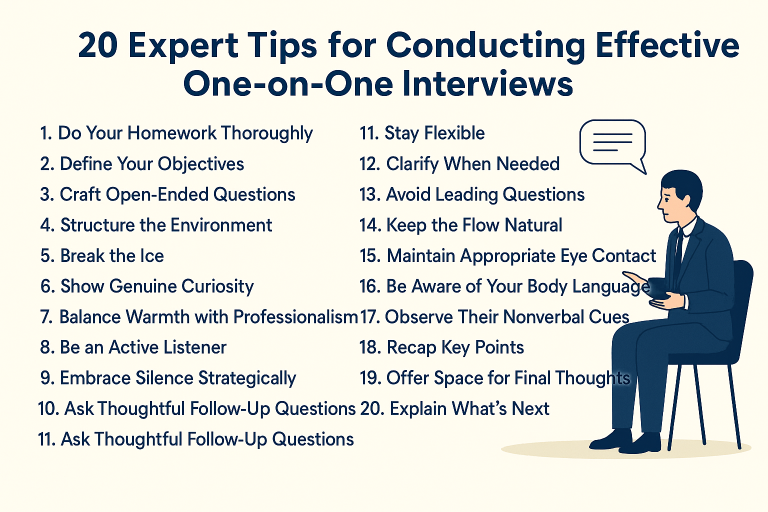Business-to-business (B2B) marketing differs significantly from business-to-consumer (B2C) marketing, particularly in how markets are segmented. Understanding these distinctions is essential for effective targeting, positioning, and long-term success in B2B industries.
1. Complex Decision-Making Units
In B2B markets, purchases are rarely made by individuals. Even seemingly minor purchases may involve a cross-functional team—technical experts, procurement officers, production managers, and even board members—each with different, often hidden, priorities. This makes segmentation far more challenging than in consumer markets.
Should you segment by company type, job function, or individual decision-maker roles? Defining your true target audience is one of the central challenges in B2B segmentation.
2. B2B Buyers Tend to Be More Rational
While this may be debatable, B2B buyers usually purchase what they need, not what they want. A consumer may buy a $3,000 leather jacket over a more durable $300 one for emotional reasons. But in B2B, purchases are driven by necessity, ROI, and practical value.
This rational behavior makes it easier to segment based on identifiable factors like company size, procurement volume, or functional need—often leading to more predictable demand patterns.
3. Products Are Often Highly Customized
Unlike B2C products, which are typically standardized, B2B products are frequently custom-built or need integration into larger systems. Even simple offerings often require technical support or configuration, adding layers of complexity to segmentation.
In many cases, key accounts are so unique that they transcend standard segmentation models and are treated as individual market segments with dedicated account managers.
4. B2B Audiences Are Smaller but More Valuable
The 80/20 rule (Pareto Principle) is particularly relevant in B2B: a few clients usually account for the bulk of revenue. Even global B2B companies might have fewer than 100 high-impact clients. Consequently, it’s impractical to create 10 or more micro-segments like in B2C. Typically, only 3–4 viable segments emerge.
5. Relationships Matter More
Trust and long-term relationships are critical in B2B. Clients often have regular interactions with sales or technical reps, forming partnerships over years. This adds a new dimension to segmentation: customer value.
Not every client requires a personal relationship, but some are willing to pay a premium for it. The segmentation model must distinguish who deserves high-touch service and who doesn’t—based on ROI and willingness to invest in relationships.
6. B2B Buyers Make Long-Term Purchases
B2B purchases—machinery, IT systems, or fleet services—often come with long-term service contracts. These purchases demand installation, training, and ongoing support, making vendor commitment a key decision factor.
This stability benefits segmentation. Once defined, B2B segments evolve slowly and can become long-term strategic tools. However, complacency can be dangerous—marketers must stay alert to changing client needs over time.
7. Lower Pressure to Innovate Compared to B2C
B2B companies generally follow rather than lead market trends. They respond to innovation upstream (from suppliers or market shifts) rather than anticipate it. This gives them time to evaluate segments and adapt value propositions accordingly.
8. Fewer Behavioral or Needs-Based Segments
Based on over 2,500 B2B studies, most B2B markets result in just 3–4 behavior- or needs-based segments—far fewer than the 10+ segments often found in consumer markets.
Why? First, B2B audiences are small, making granular segmentation impractical. Second, B2B buyers behave more predictably. Decisions are made collectively, based on logic, policies, and work norms—not emotion or impulse.
Despite this, some needs-based patterns appear consistently across industries:
Common B2B Segmentation Patterns:
- Price-driven segment: Smaller firms with low margins and limited strategic dependency on the product. They focus purely on cost.
- Quality/brand-focused segment: Companies willing to pay a premium for the best products, usually medium to large businesses with high strategic value.
- Service-intensive segment: Firms with high expectations for both product performance and post-sale service. Typically operate in fast-paced sectors.
- Partnership-oriented segment: Strategic accounts that value trust and collaboration. These are often large enterprises with high profitability expectations.
Final Thoughts
Effective B2B market segmentation hinges on understanding how business buyers think, operate, and evolve. While fewer in number, B2B segments are deeper and more enduring—requiring careful analysis of value, complexity, and relationships.
By focusing on decision units, purchase motivations, and customer lifetime value, B2B marketers can design segments that lead to sustainable growth.



